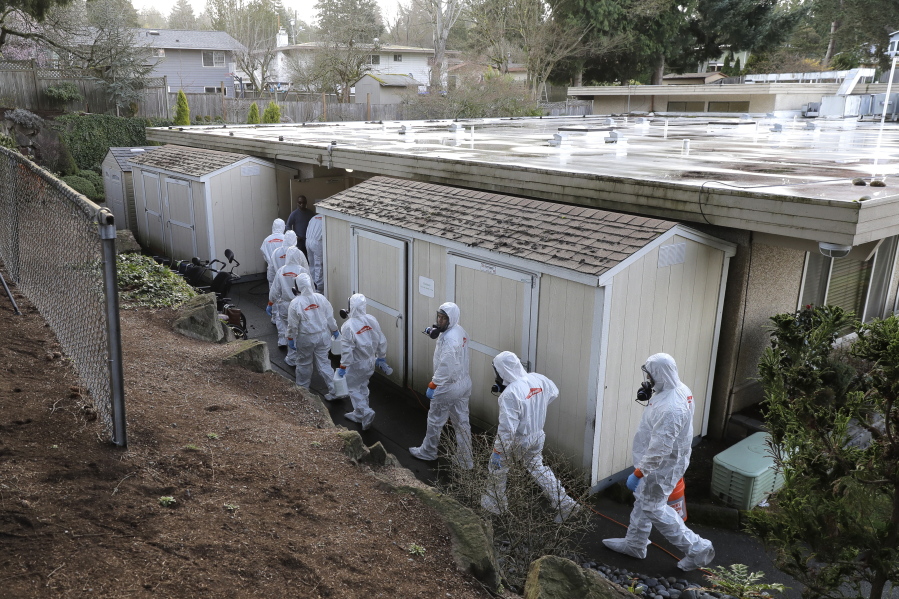The conversations went like this: It will be just a few days. It can be kept at bay. There will be some inconvenience, sure, but the world will merely be paused — just a short break, out of an abundance of caution, and certainly not any kind of major grinding to a halt. Certainly not for two years.
Certainly not for hundreds of thousands of Americans who were among us at that moment in mid-March 2020 — who lived through the beginning, watched it, worried about it (or didn’t), and who, plain and simple, aren’t here anymore.
“Just a temporary moment of time,” the man who was then president of the United States insisted. Just a few days. Just a few weeks. Just a few months. Just a few years.
The fact is that on March 12, 2020, no one really knew how it would play out. How could they?
Flattening the curve — such a novel term then, such a frozen moment of a phrase today — seemed genuinely possible two years ago this weekend, when Major League Baseball’s spring training games trickled to an end with their season suddenly postponed, when universities told students to stay away, when Congress — astonishingly — began to talk about whether it would be able to work from home.
“We would recommend that there not be large crowds,” the nation’s top infectious disease researcher told Congress two years ago Friday, presaging two years of arguments over that exact statement. Anthony Fauci would become one of Pandemic America’s most polarizing figures, caught between provable science and charges of alarmism and incompetence and malevolence, even occasionally from the former president himself.
And for a while, there weren’t large crowds — except when there were.
For weeks in those early days, Americans in many corners of the republic all but shut down. Faces disappeared as masks went up against the invisible adversary. Hand sanitizer was squirted so liberally that some distilleries pivoted from whiskey to alcohol antiseptics. People discussed ventilator shortages over family meals. Zoom became, for the nation, a household word; suddenly your colleagues were arrayed on a screen in front of you.
In the weeks that followed, as the scope of things revealed itself gradually, there were questions we knew to ask, and questions we didn’t.
The ones we knew to ask: How does it spread, and how easily? Can we keep it out? Can I even go outside safely? Should I wash my groceries? Will there be a vaccine, and if so, when?
The ones we didn’t: How do we combat the mountains of mis- and disinformation surrounding the virus and the vaccines that emerged from the scientific community astonishingly quickly? How do we manage the anger, and the national division, that poured from the political arena into the protracted virus discussion and burned in conversational trash fires across the land? How do we navigate the emotional rubble of an entire generation of kids whose lives and educations would be upended?
Those questions are the ones that don’t seem outdated. They remain largely unanswered today, when it can be difficult to summon memories of the beginning of this thing.
Do you remember those moments when people were talking about working together, when daily life was thrown off its axis enough that Americans were, for a time, a bit gentler with each other?
“If we avoid each other and listen to the scientists, maybe in a few weeks it will be better,” Koloud “Kay” Tarapolsi of Redmond told The Associated Press on March 11, 2020. Exactly two years later, she said of those early days: “I just wish we would have taken it more seriously.”



